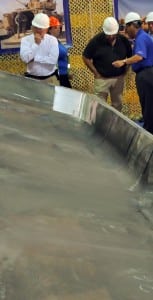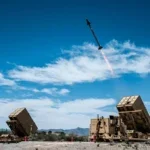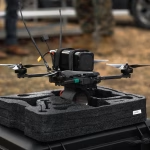
Alcoa [AA] on Monday said it has manufactured the world’s largest single-piece forged aluminum hull for combat vehicles in a development that offers greater blast protection from improvised explosive threats and significantly lower costs. “It’s a game changer,” Eric Roegner, president of Alcoa Defense, told Defense Daily during the annual Association of the United State Army conference. He said the “Holy Grail” is being able to manufacture monolithic structures and the work it is doing for the Army on the…

 By
By 











